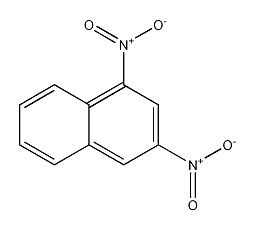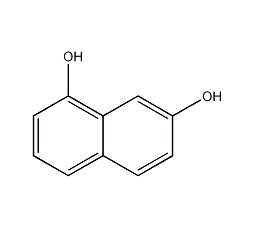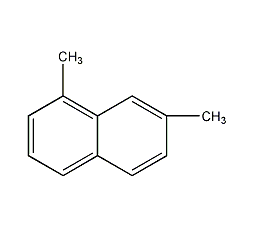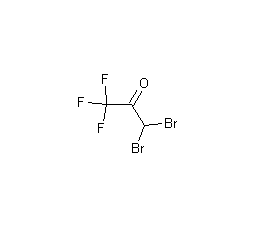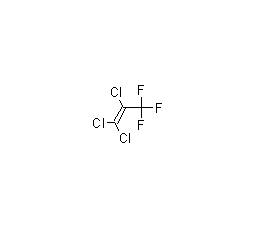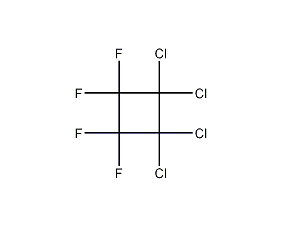1,3-dimethylnaphthalene


Structural formula
| Business number | 05UX |
|---|---|
| Molecular formula | C12H12 |
| Molecular weight | 156.22 |
| label |
aromatic compounds |
Numbering system
CAS number:575-41-7
MDL number:MFCD00004036
EINECS number:209-384-6
RTECS number:QJ4420000
BRN number:2039378
PubChem number:24862802
Physical property data
1. Physical property data
1. Properties: liquid.
2. Density (g/mL, 25/4℃): 1.0144
3. Refractive index (nD20): 1.6102
4. Flash point (℃): 109
5. Melting point (℃): -6~-3
6. Boiling point (ºC): 265.2
7. Boiling point (ºC, 0.133kpa): 107
8. Solubility: Immiscible with water.
9. Relative density (20℃, 4℃): 1.0063
10. Refractive index at room temperature (n25): 1.6080
11. Liquid phase standard hot melt (J·mol-1·K-1): 284.2
Toxicological data
None yet
Ecological data
None yet
Molecular structure data
5. Molecular property data:
1. Molar refractive index: 53.74
2. Molar volume (cm3/mol): 156.0
3. Isotonic specific volume (90.2K): 386.3
4. Surface tension (dyne/cm): 37.5
5. Polarizability (10-24cm3): 21.30
Compute chemical data
1. Reference value for hydrophobic parameter calculation (XlogP): None
2. Number of hydrogen bond donors: 0
3. Number of hydrogen bond acceptors: 0
4. Number of rotatable chemical bonds: 0
5. Number of tautomers: None
6. Topological molecule polar surface area 0
7. Number of heavy atoms: 12
8. Surface charge: 0
9. Complexity: 150
10. Number of isotope atoms: 0
11. Determine the number of atomic stereocenters: 0
12. Uncertain number of atomic stereocenters: 0
13. Determine the number of chemical bond stereocenters: 0
14. Number of uncertain chemical bond stereocenters: 0
15. Number of covalent bond units: 1
Properties and stability
1. Exists in oriental tobacco leaves and smoke.
Storage method
1. Storage
Should be kept sealed in a cool place.
Synthesis method
1. Tobacco: OR, 57.
Purpose
2. Use
Used in organic synthesis.
